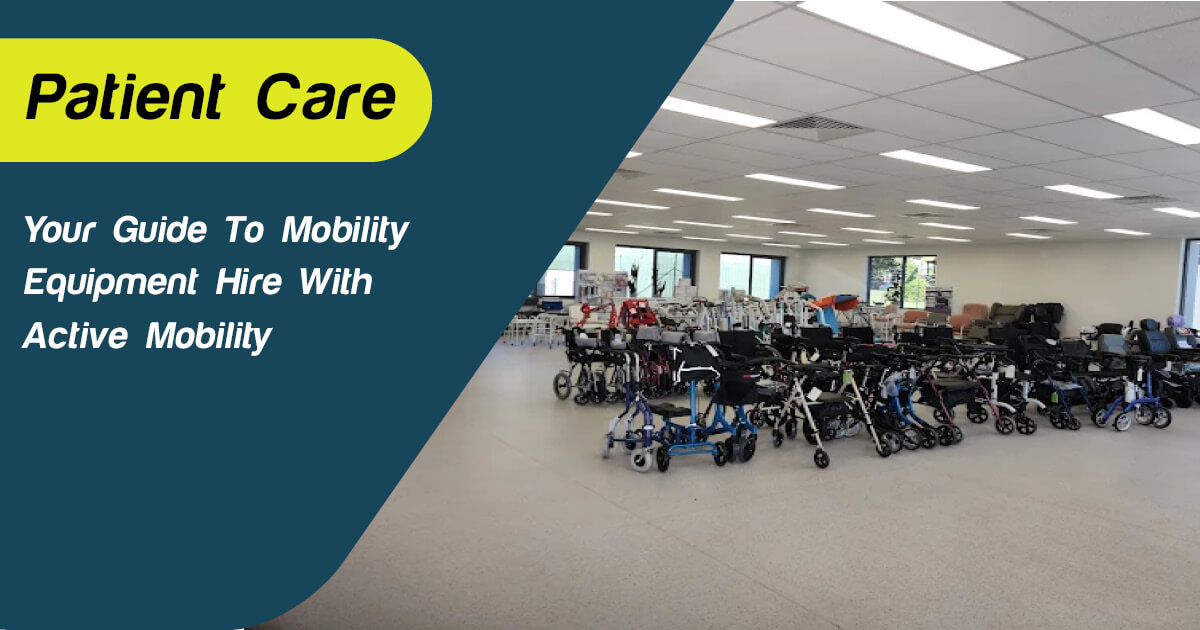
Share
Motorised wheelchairs are mobility aids with two or more wheels and have a top speed of 10km/h on level ground. Mobility scooters or 'gophers' are classified as motorised wheelchairs. A motorised wheelchair does not include a wheeled recreational device such as a motor scooter, pram, stroller, trolley or any other motor-assisted machine.
WHAT ARE ELECTRIC WHEELCHAIRS?
Motorised wheelchairs are mobility aids with two or more wheels and have a top speed of 10km/h on level ground. Mobility scooters or 'gophers' are classified as motorised wheelchairs. A motorised wheelchair does not include a wheeled recreational device such as a motor scooter, pram, stroller, trolley or any other motor-assisted machine.
WHAT ARE ELECTRIC SCOOTERS?
Electric scooters are used by people unable to walk long distances, those needing greater access to their local community or, more commonly, as a replacement for their car. There are many questions to consider when choosing an electric mobility scooter.
WHO MAY USE THEM?
Motorised wheelchairs are specially built to transport people who are unable to walk, or have difficulty walking.
MUST THEY BE REGISTERED IN NSW?
No, motorised wheelchairs do not require registration in NSW. They do not require third party insurance.
DO USERS NEED A LICENCE?
No, a licence is not needed to use a motorised wheelchair in NSW.
IS A USER A PEDESTRIAN OR A DRIVER?
A motorised wheelchair user is generally considered to be a pedestrian, and must comply with the NSW Road Rules that apply to pedestrians. To ensure motorised wheelchairs can mix safely with other pedestrians, they must meet the requirements of NSW Road Rules 2008.
Requirements of motorised wheelchairs
A MOTORISED WHEELCHAIR IN NSW MUST:
- Not have the capacity to travel faster than 10 km/h
As a user, you must:
- Never exceed 10 km/h
- Have a reasonable need to use a wheelchair because of physical disability or limited mobility
- Obey all pedestrian road rules
- Not cause a traffic hazard by moving into the path of a driver
- Not unreasonably obstruct the path of another driver or pedestrian
- Not be affected by alcohol or drugs when travelling on a road or road-related area such as a footpath
SAFE OPERATION
To use a motorised wheelchair safely, you must be able to:
- Operate controls and manoeuvre the wheelchair
- Keep your balance and adjust your body position when travelling across uneven ground
- Spot obstacles and avoid collisions
- Judge speeds and distances
- Make good judgements to protect your safety and others
Alcohol mixed with prescription or other drugs may further affect your ability to operate a motorised wheelchair safely. If you are concerned about your ability to use a motorised wheelchair, your doctor or healthcare professional may be able to arrange an assessment by an accredited occupational therapist.
HOW to travel safely
- Plan a route that allows access to a footpath for the entire journey
- Know where there are kerb ramps or driveways you can use for safe crossings
- Take extra care when leaving the kerb to cross the road
- Wait until the traffic has stopped before travelling onto a pedestrian crossing
- Always be prepared to stop for pedestrians
- Watch for vehicles entering and leaving driveways
- Avoid highways, roundabouts, major roads and heavy vehicles
- If you are forced to use roads, travel on quieter streets, keep to the side and face oncoming traffic wherever possible
- Attach a safety flag to your chair high enough above your head to be visible to others
- If possible, attach rear view mirrors to your chair
- If you must travel at night, use lights and reflectors to aid visibility
- If possible, check out a new route beforehand to make sure it is suitable for a motorised wheelchair
- For more information on planning a safe route, contact your local council's access committee
CAN USERS TRAVEL ON A FOOTPATH OR ON A NATURE STRIP?
Provided that the safety rules listed above are met, a motorised wheelchair may be used on a footpath and on a nature strip.
CAN MOTORISED WHEELCHAIR USERS TRAVEL ON SHARED PATHS?
A shared path is an area open to the public for use by riders of bicycles and pedestrians. Provided that the safety rules listed above are met, a motorised wheelchair may be used on a shared path.
WHAT IS THE DIFFERENCE BETWEEN A BICYCLE PATH AND A BICYCLE LANE AND CAN A MOTORISED WHEELCHAIR TRAVEL ON THESE?
A bicycle path is an area that looks like a footpath designated for the use of bicycles. A bicycle lane is an area that is a part of a road but is designated for the use of bicycles.
The Centre for Road Safety does not encourage motorised wheelchair users to travel on either a bicycle path or a bicycle lane. However, a motorised wheelchair may cross a bicycle path or lane, use a bicycle path if there are no signs that prohibit use, and use a bicycle lane up to a distance of 50 metres to avoid obstruction.
Visit Active Mobility showroom to see our range of mobility scooters, electric wheelchairs or other mobility aids. Book your free consultation on 02 9649 2111 or email us your enquiry at sales@activemobility.com.au.









